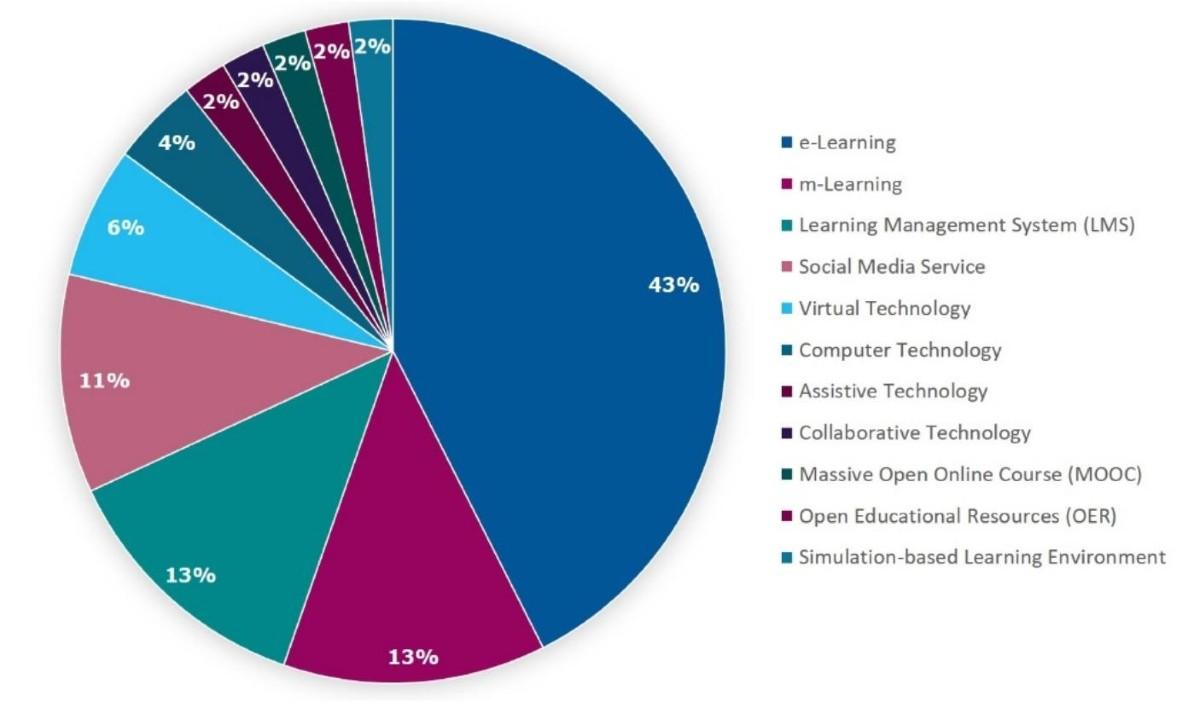How Cultural Contexts Influence EdTech Adoption: Key Factors shaping Global Educational Technology
Educational technology, or EdTech, is transforming learning experiences worldwide. Tho, the journey to effective EdTech adoption is anything but uniform. Cultural contexts—ranging from beliefs and traditions to infrastructure and policy—play a pivotal role in shaping how educational technology takes root in different regions. In this comprehensive article, we delve into how cultural dynamics influence EdTech adoption and explore key factors that shape the global educational technology landscape.
Understanding Cultural contexts in EdTech Adoption
Culture encompasses the beliefs,language,customs,values,and social norms of a group.When it comes to educational technology implementation, these factors deeply affect users’ attitudes, expectations, and willingness to engage with new tools. Understanding these cultural contexts is essential for designing and adopting effective EdTech solutions globally.
- Interaction Styles: High-context cultures (like Japan or Saudi Arabia) may prefer face-to-face interaction and nuanced communication, while low-context cultures (like Germany or the USA) adapt more readily to direct, tech-based communication.
- Attitudes Toward Change: Some cultures value tradition and may resist rapid technological change, while others embrace innovation.
- Educational Philosophies: Differences in teaching approaches, such as teacher-centered vs.learner-centered methodologies, can impact technology integration models.
- Government Policy: National policies on digital literacy, internet access, and data privacy can either accelerate or hinder EdTech adoption.
Key Factors Shaping Global Educational Technology Adoption
Successful EdTech adoption relies on more than just access to technology. Here are the major factors influenced by cultural context:
1. Language and Localization
Language barriers are among the greatest hurdles in global educational technology deployment.EdTech platforms must offer multilingual support and culturally relevant content to ensure inclusivity.
- Localized curricula make learning more relatable.
- Language adaptability fosters a wider user base.
- Translation alone is insufficient; cultural idioms and examples must be adapted.
2. Socio-Economic Disparities
Income inequality and digital divide affect access to devices and reliable internet. In low-income regions,community-driven or mobile-first EdTech models often flourish.
- Government and NGO partnerships can bridge gaps.
- Designing low-bandwidth solutions is crucial in many areas.
3. teacher and Learner attitudes
Teachers are the frontline of EdTech integration. Their attitudes, often shaped by cultural norms and professional development opportunities, directly influence students’ willingness to adopt new technologies.
- Communities valuing hierarchical structures may need gradual change management approaches.
- Peer-led training can build local champions and foster engagement.
4.Parental and Community Involvement
In collectivist cultures, parental and community approval is critical. Building trust and demonstrating clear benefits of edtech helps ease reservations.
- Community workshops and transparent communication can assuage concerns.
- Incorporating local values into EdTech content showcases respect for tradition.
5. Policy, Infrastructure, and Governance
National policies regarding data security, digital citizenship, curriculum standards, and device subsidies are strongly influenced by each country’s cultural priorities and economic realities.
- EdTech providers must align with local regulations and standards.
- Infrastructure development—like providing rural broadband—remains essential for equitable EdTech adoption.
Benefits of culturally-Aware EdTech Implementation
Tailoring EdTech solutions to fit cultural contexts offers numerous advantages, enhancing both learning outcomes and platform scalability:
- Increased Engagement: Students connect more deeply with relatable, culturally relevant content.
- Improved Retention: EdTech tools reflecting local values and languages lead to higher knowledge retention rates.
- Enhanced Equity: localization and affordable, accessible design level the learning field for underrepresented communities.
- Global Scalability: Solutions responsive to local needs scale more easily across regions and demographics.
Case Studies: Real-World Perspectives on EdTech Adoption
1. India: Digital Classrooms Amid Diversity
In India, a country with over 22 official languages and vast socio-economic disparities, EdTech success stories often revolve around mobile-first education platforms that support multiple languages. Initiatives like BYJU’S and government-led SWAYAM adapt their content to regional curricula,making learning accessible from urban centers to remote villages.
2. Finland: Blending Tradition with Innovation
Finland’s highly collaborative educational culture values autonomy,equity,and teacher professionalism. EdTech adoption here is guided by robust teacher training, pilot programs, and co-creation with educators, ensuring that technology meets pedagogical needs rather than replacing conventional strengths.
3. Sub-Saharan Africa: Overcoming Infrastructure Barriers
In many african nations, intermittent electricity and limited internet connectivity challenge EdTech implementation. Solutions like Eneza Education deliver learning via SMS and basic phones, showing how cultural context and local challenges can inspire creative, accessible technology.
Practical Tips for Culturally Relevant EdTech Implementation
- Conduct In-depth Needs Assessments: Engage educators, families, and students to understand local expectations and barriers.
- Design for Localization: Don’t just translate—adapt content and UX for cultural fit.
- Invest in Professional Development: Offer responsive, context-aware teacher training and support.
- Foster Community Engagement: Host open workshops, feedback sessions, and local ambassador programs to build trust.
- Align with Policy: Stay updated on local regulations concerning data privacy and curriculum standards.
- Promote Flexibility: Build platforms that can evolve to accommodate cultural and technological change.
Challenges Facing Global EdTech Adoption
Despite remarkable progress, several challenges persist:
- Ethnocentrism: Platforms built with a “one-size-fits-all” mentality may alienate or exclude diverse learners.
- Digital Literacy Gaps: Both instructors and learners may lack the skills to engage with new technologies.
- Limited Infrastructure: Reliable energy and internet are still not global, limiting EdTech’s reach in many contexts.
- Data Privacy Concerns: Varying norms and regulations around student data require sensitive, region-specific policy approaches.
Conclusion: Building Culturally Intelligent EdTech for Lasting Impact
The future of EdTech hinges on cultural intelligence and responsiveness. Understanding, respecting, and adapting to cultural contexts are not just “nice-to-haves”—they are essential for global educational technology adoption. By investing in localization, community involvement, flexible design, and equitable access, innovators and educators can ensure EdTech fulfills its promise of transforming education for all.
As we continue to bridge global divides through technology, let us celebrate diversity and co-create EdTech solutions that empower every learner, everywhere.

